
The Portable Observatory Kit consists of a re-purposed tent, backpack, blanket, night sky guide book, headlamp, telescope and binoculars. Anyone who is interested in night time exploration for purposes of feild research, creating bonds with other aficionados or leisure is welcome to participate in the project. It may be rented for a period of 1 – 5 days at a time, and activities such as photographing your experience or documenting what you see in the sky through drawings or notes are encouraged.
A portable observatory will be beneficial for those who do not have access to professional facilities or anyone who wants an intimate viewing experience, with the option to take it wherever you wish to explore. It would also be useful for those who live in urban areas, as it may be transported to locations with less light pollution.
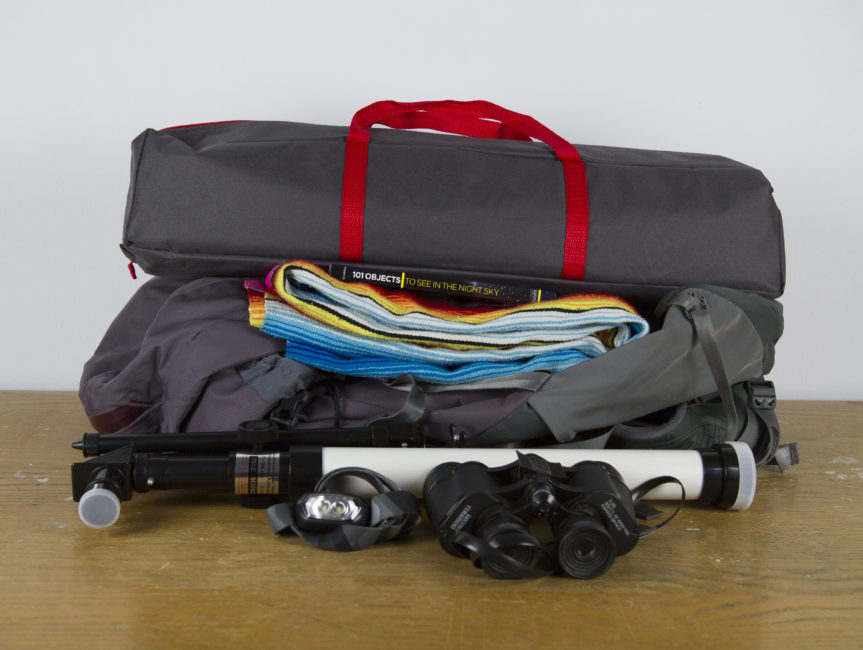
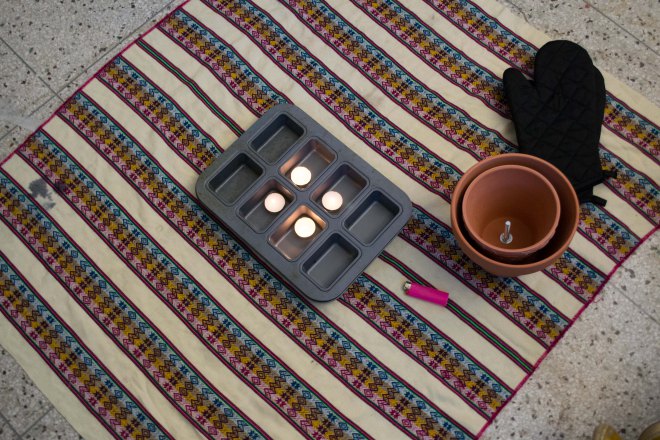




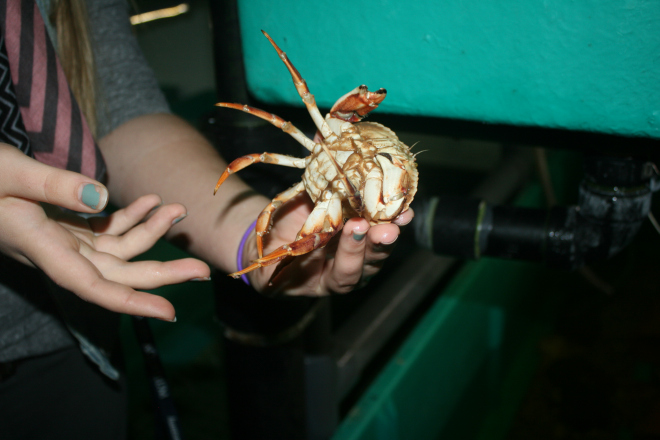







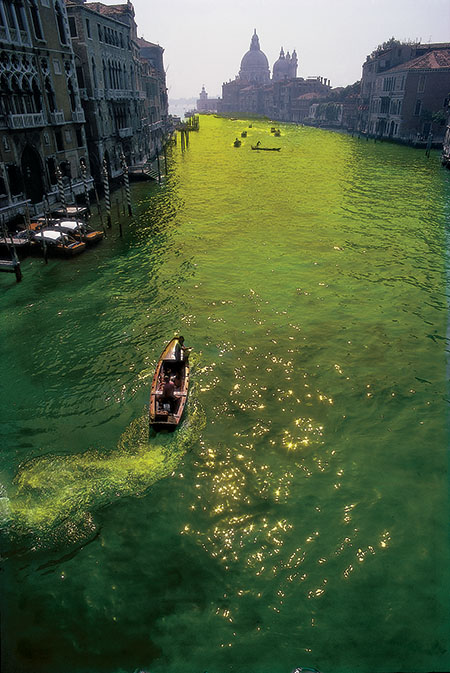



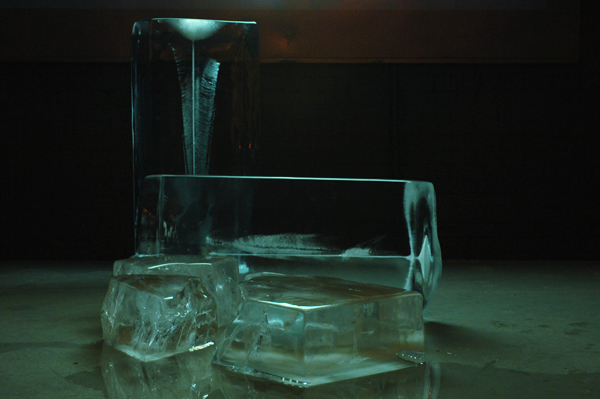


You must be logged in to post a comment.